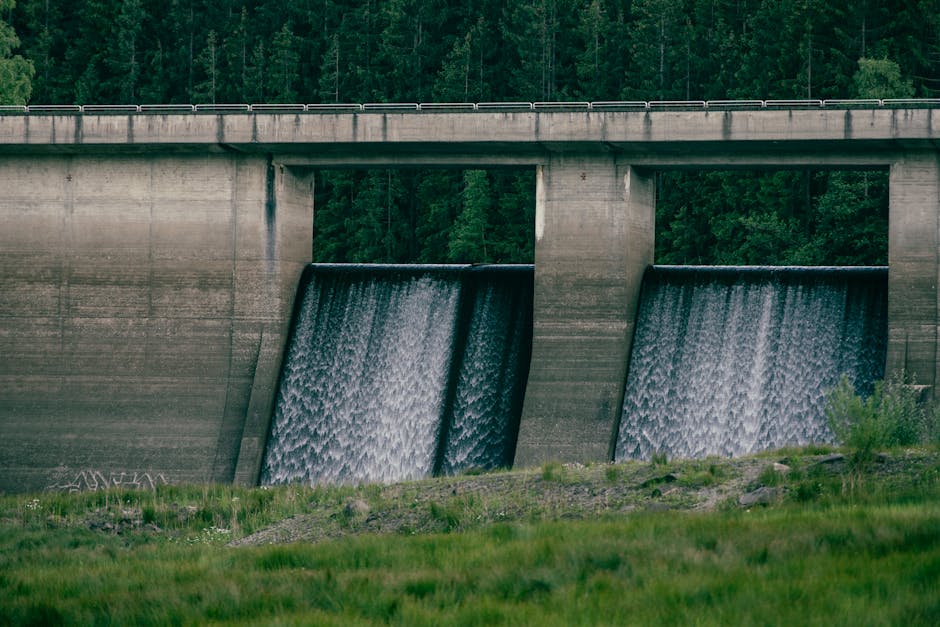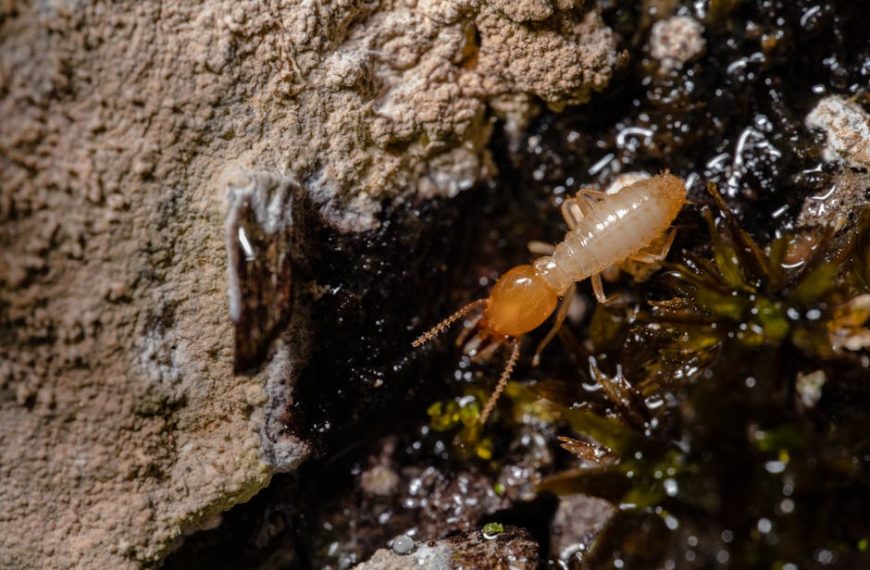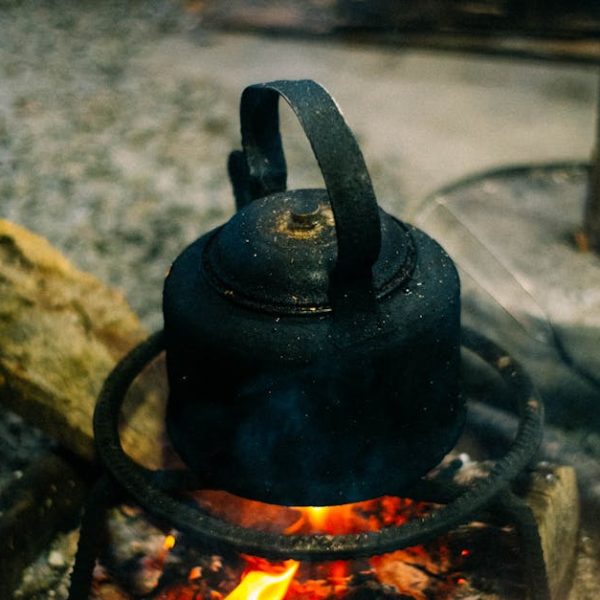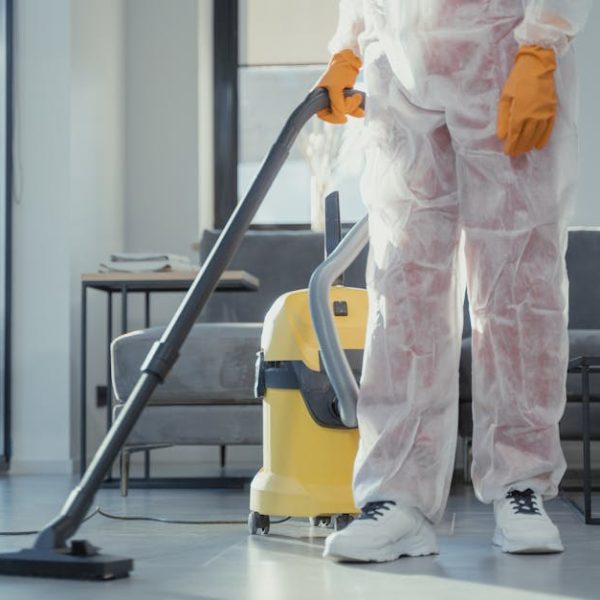Discovering drain worms in your home can be an unsettling experience. These tiny pests, also known as drain fly larvae, typically appear in damp, dark places such as bathroom sinks and shower drains. Don’t fret, however. With the right knowledge and strategies, eliminating them can be simple and straightforward.
Understanding Drain Worms and their Potential Impacts
Let’s begin by getting acquainted with our unwanted guests. Drain worms are the larvae of several species of flies, including the Psychodidae (drain flies), the Sphaeroceridae (dung flies), and the Phoridae (scuttle flies).
Regardless of the type, these larvae share common unsettling characteristics. They thrive in stagnant water and feast on organic matter such as hair and food waste collected in your drains.
Why should we worry about drain worms? Beyond the discomfort of having home to unexpected inhabitants, there are real consequences of infestations.
Here are some possible impacts of drain worms:
- Health Implications: While they aren’t known to transmit diseases, the presence of drain worms can exacerbate conditions like asthma or allergies due to the persistent dampness they thrive in.
- Plumbing Damage: Over time, unchecked infestations could contribute to blockages and wearout in the drainage pipes, leading to costly repairs.
Preventing the Emergence of Drain Worms
Prevention is always better than cure. This mantra is especially true when dealing with drain worms. The best way to combat these pests is to create an environment that deters their emergence.
To prevent drain worms, follow this checklist:
- Regular Cleaning: Maintain routine cleaning of drains and pipes, paying particular attention to organic residues.
- Proper Waste Disposal: Disposing organic waste, especially food particles properly, can significantly reduce the food source for drain worms. Remember, the decomposing organic matter in your drains serves as a feast for these pests.
- Moisture Control: Since drain worms thrive in damp conditions, reducing the constant presence of water in your drains can discourage their breeding.
Identify Signs of Drain Worms
One crucial aspect of dealing with drain worms is early detection. Identifying an infestation early on will reduce the amount of work required to eliminate them, and potentially prevent any damage to your drains.
Here are some common signs of drain worm presence:
- Visible Worms: Drain worms, although small, can be seen with the naked eye appearing as tiny, dark worm-like organisms.
- Odor: An unusual, unpleasant odor emanating from your drains is often a sign of a drain worm infestation.
- Slow Drain Flow: These pests often contribute to clogs, resulting in slower water drainage.
In the following segments, we will explore effective methods to get rid of these pests.
Can Purifying Tap Water Help Prevent Drain Worm Infestations?
Using a filtration system to purify tap water can potentially reduce the risk of drain worm infestations. Cleaner water minimizes organic debris that worms thrive on, creating an unwelcoming environment for them. By ensuring the water you use is free from contaminants, you help protect your plumbing from unwelcome pests.
Effective Methods to Remove Drain Worms
So, you’ve identified the presence of drain worms in your home. Now what? Well, the good news is, there are a few easy and effective ways to eliminate these intruders. Let’s delve right into it.
- Boiling Water Flush: This is a simple and effective method. Flush your drains with boiling water for 5-10 minutes. The high temperature will destroy eggs, larvae, and adult worms, offering immediate relief.
- Vinegar and Baking Soda: A mixture of vinegar and baking soda creates a foaming chemical reaction that can kill larvae and remove the organic matter they feed on.
- Bleach: Using a mixture of bleach and water can also be effective. However, it’s essential to use caution due to the harshness of bleach.
- Commercial Drain Cleaners: Commercially available cleaners are commonly used to remove drain worms. Choose a credible product and ensure to read and follow the instructions for use carefully.
- Professional Extermination: If home methods fail, it may be time to call in professionals. Specialized pest exterminators have the skills and resources to effectively handle severe infestations.
Here we have a comparison table showing the Pros and Cons of each method:
“`html
| Method | Pros | Cons |
|---|---|---|
| Boiling Water | Simple, Effective, Cost-efficient | Temporary solution |
| Vinegar & Baking Soda | Non-toxic, Affordable | May require multiple applications |
| Bleach | Potent, Accessible | Harsh, may damage pipes |
| Commercial Drain Cleaners | Effective, Convenient | Contains harmful chemicals |
| Professional Extermination | Comprehensive, Reliable | Expensive, could require vacating the premises |
“`
Long-Term Strategies to Keep Your Drains Worm-Free
So, you’ve successfully eradicated the drain worms from your home. Celebrate this victory, but remember, keeping them away requires continued vigilance.
Here are some key strategies for long-term drain maintenance:
✅ Periodic Deep Cleaning: Make a habit of cleaning your drains deeply and thoroughly. This can deter the buildup of organic matter that the worms feed on. Consider using a drain cleaning brush for this task.
✅ Using Drain Screens: A drain screen can prevent large particles from entering your drain, reducing potential food sources.
✅ Keeping the Area Dry: Remember, drain worms thrive in moist environments. Wipe down areas around your drains after use and fix any leaks promptly.
Pro tip: Integrate these practices into your regular cleaning routine. This way, drain rodent control becomes a seamless part of your domestic hygiene.
We hope this guide assists you in your efforts to maintain clean, worm-free drains. Remember, the key is proactive prevention, early detection, decisive intervention, and continued maintenance. Stay worm-free!
Key Takeaway:
- Drain worms, varying in type, inhabit dark, damp places and feed on organic matter such as food waste and hair in drains, leading to possible health complications and damage to plumbing.
- Regular cleaning, proper waste disposal and moisture control are essential preventative measures to restrict the emergence of these pests.
- Identification of drain worms involves spotting visible worms, odours, or slow drainage, which, when addressed early can prevent substantial damage and ease the removal process.
- Methods to eliminate these pests range from home methods involving boiling water, vinegar, baking soda, or bleach to commercial cleaners and professional extermination services.
- Continuous maintenance is crucial to prevent re-infestation, with strategies including regular deep cleaning, use of drain screens, and keeping the area dry.
Rest assured, with this comprehensive guide, maintaining clean, worm-free drains can be an effortless part of your domestic hygiene. Stay vigilant and proactive in preventing and dealing with drain worms, to ensure comfortable and sanitary living conditions.
FAQs
Q: How can I prevent the growth of drain worms in my shower drains?
A: Regular cleaning of shower drains, proper disposal of soap scum, hair and other organic debris, using drain screens and keeping the shower area dry can prevent the growth of drain worms.
Q: Do drain worms cause diseases?
A: While drain worms do not directly transmit diseases, their presence can exacerbate conditions like asthma or allergies due to the persistent damp environment they thrive in.
Q: Can bleach help to get rid of drain worms?
A: Yes, a mixture of bleach and water is an effective method to remove drain worms. However, due to the harshness of bleach, it’s important to use it cautiously.
Q: What are the signs that there may be drain worms in my home?
A: Visible worms, peculiar odours originating from your drains or slow drainage are common signs of a drain worm infestation.
Q: How often should I deep clean my drains for preventing drain worms?
A: It is advisable to deep clean your drains periodically, ideally once a month. This helps to prevent the buildup of organic matter that drain worms feed on.
Please feel free to share this article or explore more informative posts on our website.












